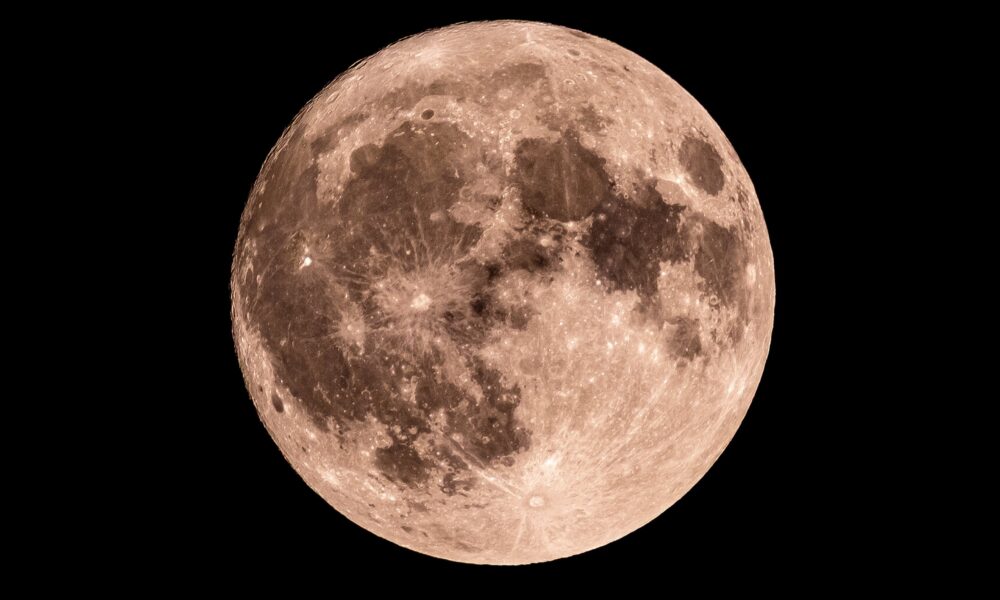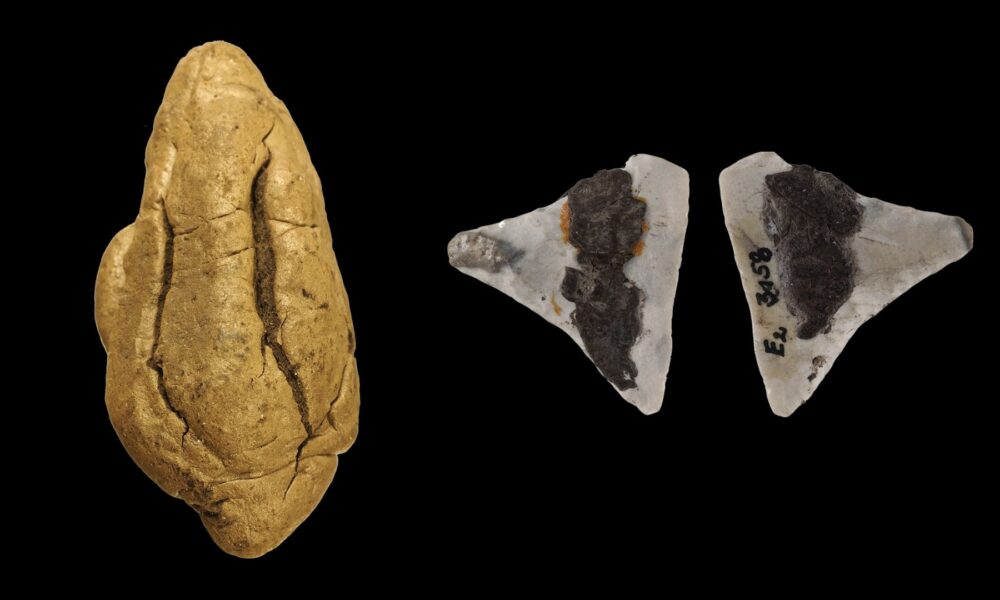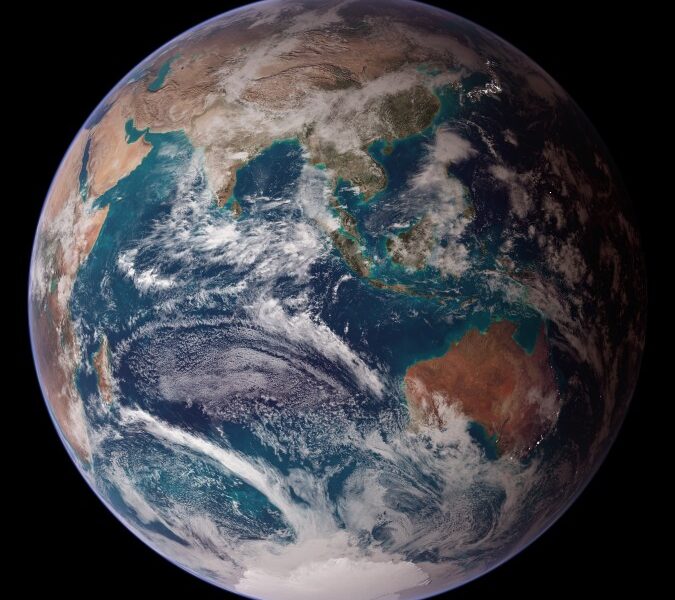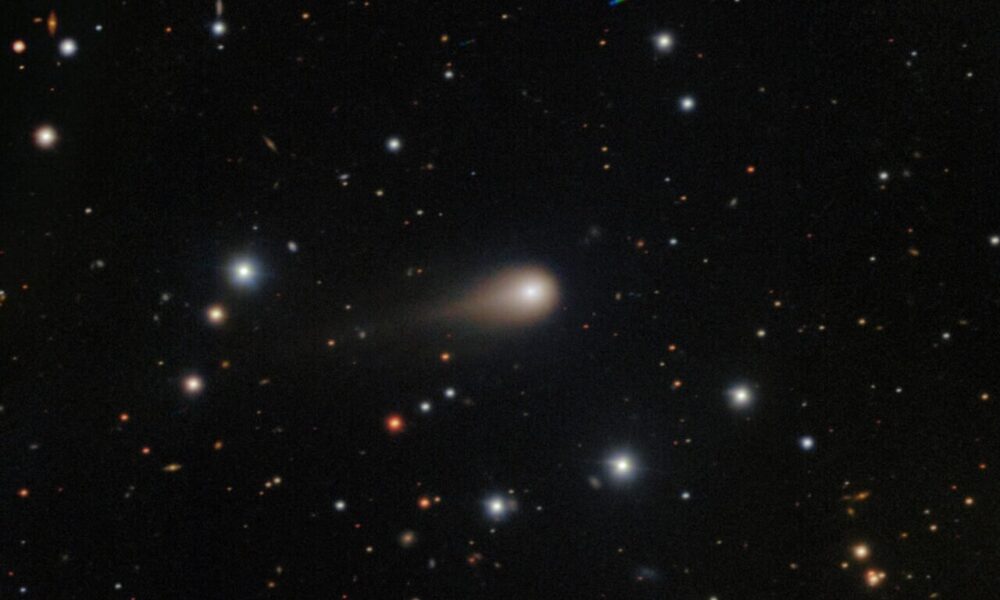The moon will appear as a thin crescent on the night of October 18, 2023, marking the Waning Crescent phase. As it approaches the New Moon, only 8% of the lunar surface will be illuminated, making it a subtle sight against the night sky. This phase will continue for a few days, offering limited visibility of the moon’s features.
Exploring the Night Sky
For enthusiasts equipped with binoculars or a telescope, this evening presents an opportunity to observe the Grimaldi Basin, a notable impact crater measuring approximately 124 miles in diameter. While the moon’s light is minimal, the contrast between the illuminated portion and the darkness can reveal fascinating details of its surface.
The next full moon is anticipated on November 5, 2023, providing a stark contrast to the current phase. For many, the full moon serves as a highlight of the lunar cycle, illuminating the night sky fully.
Understanding Moon Phases
The Moon undergoes a continuous cycle that lasts about 29.5 days as it orbits Earth. This cycle creates the various phases we observe, determined by the positions of the Sun, Earth, and Moon in relation to one another. While the same side of the Moon always faces Earth, the amount of sunlight that reflects off its surface changes each night.
The eight primary moon phases include:
- New Moon: The Moon is positioned between Earth and the Sun, rendering it invisible as the illuminated side faces away from us.
- Waxing Crescent: A small sliver of light appears on the right side.
- First Quarter: Half of the Moon is lit on the right side, resembling a half-moon.
- Waxing Gibbous: More than half is illuminated, but it is not yet full.
- Full Moon: The entire face of the Moon is fully illuminated and visible.
- Waning Gibbous: The Moon begins to lose light on the right side.
- Third Quarter: Another half-moon phase where the left side is lit.
- Waning Crescent: A thin sliver of light remains on the left side before it becomes dark again.
As the lunar cycle progresses, many stargazers and casual observers alike find joy in tracking these phases. Each offers a unique perspective on our celestial companion, continually reminding us of the dynamic nature of the universe.






